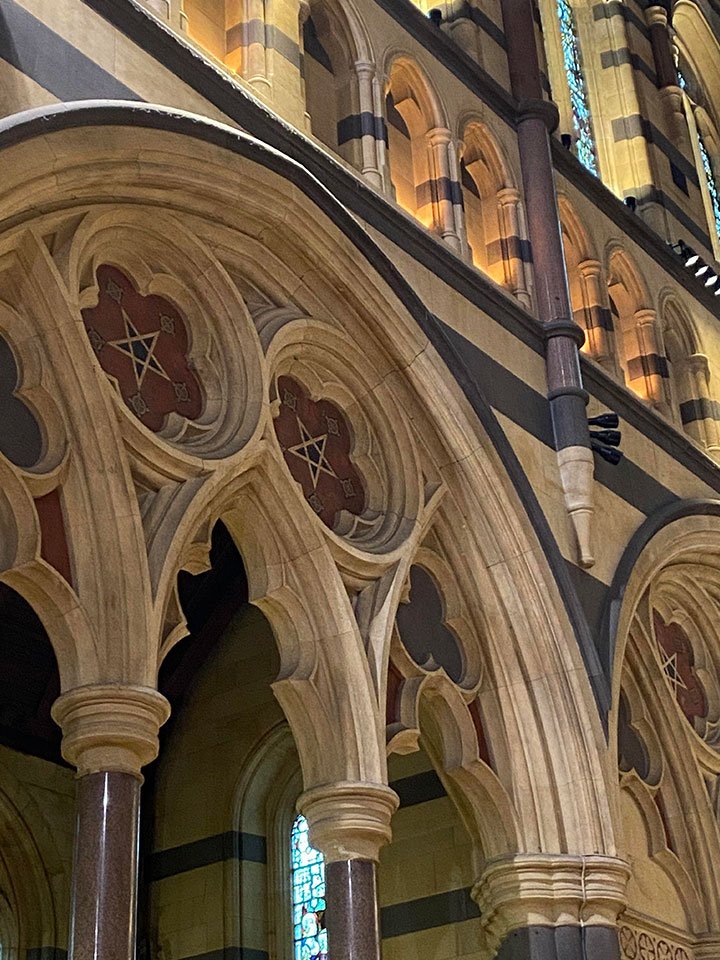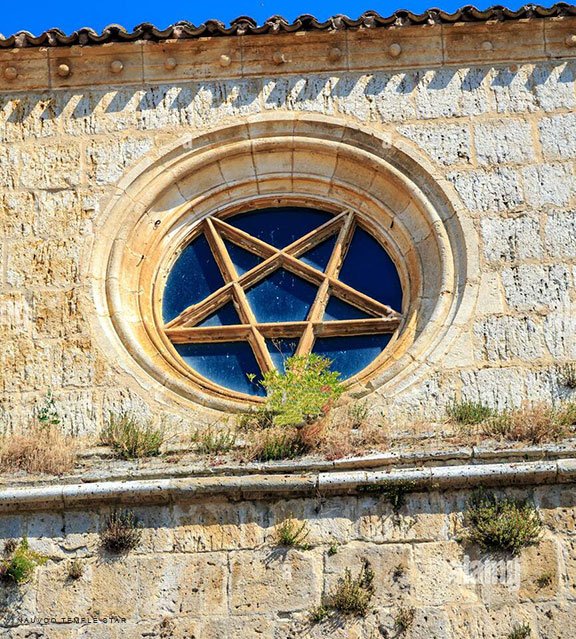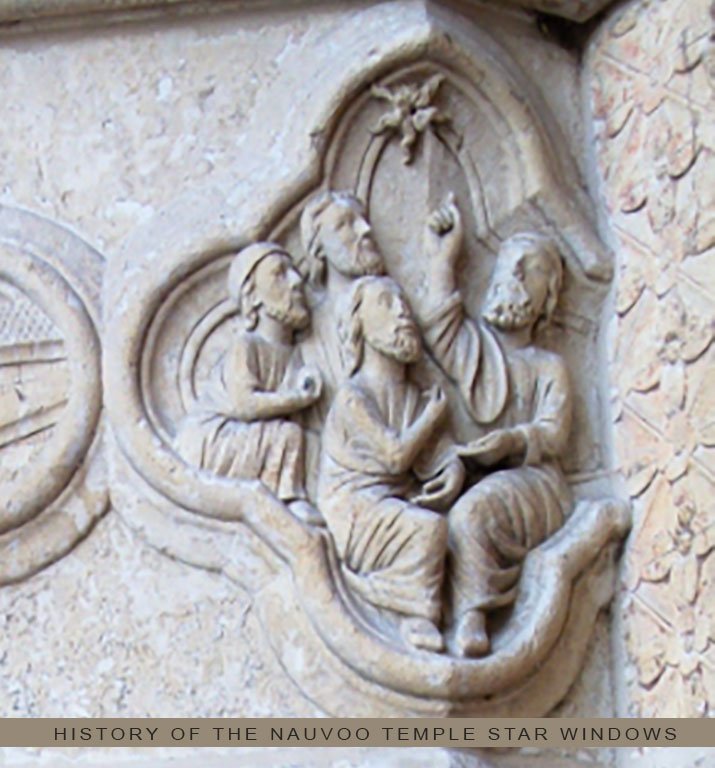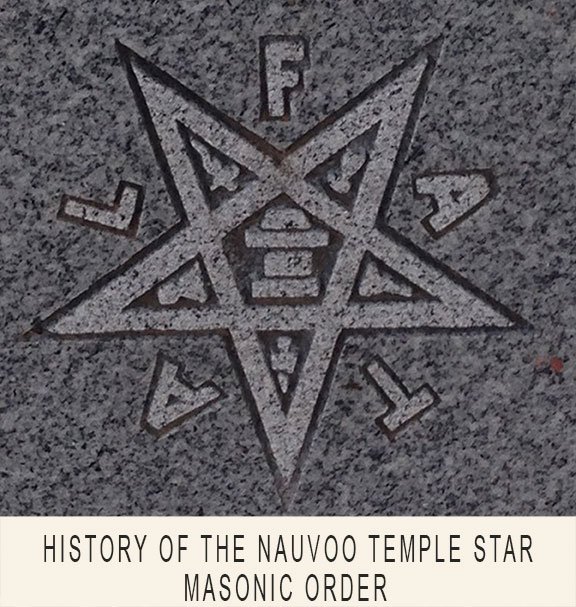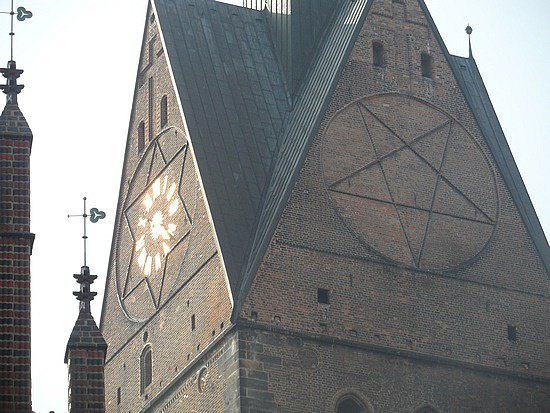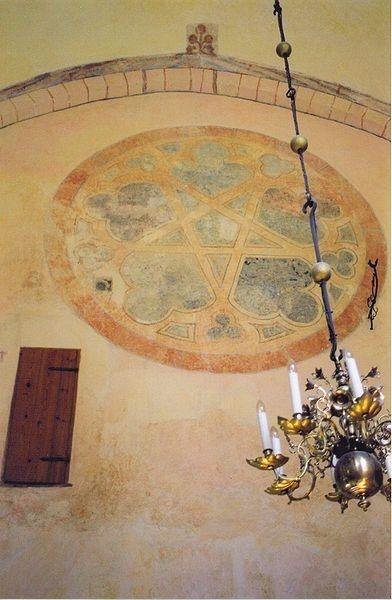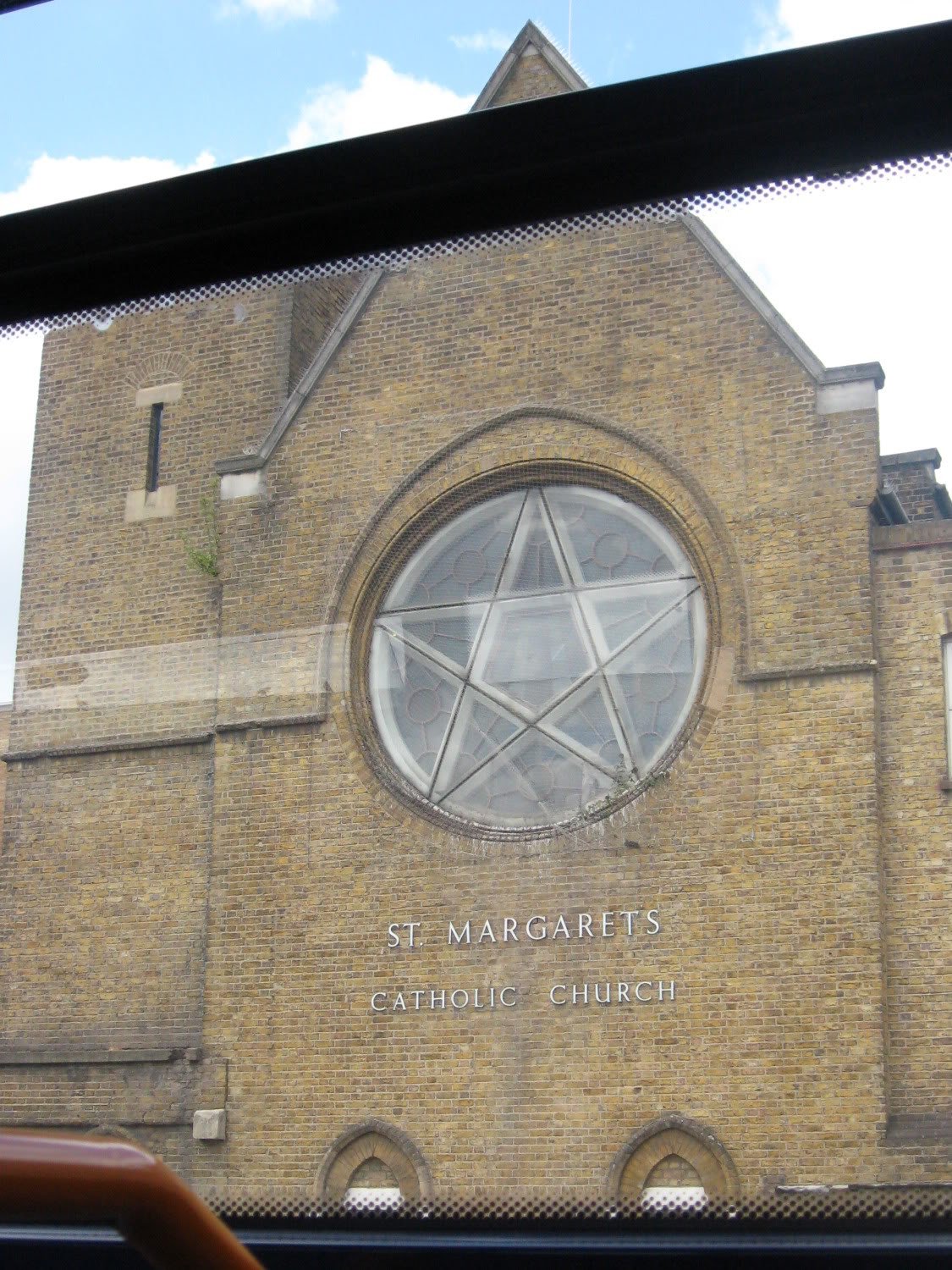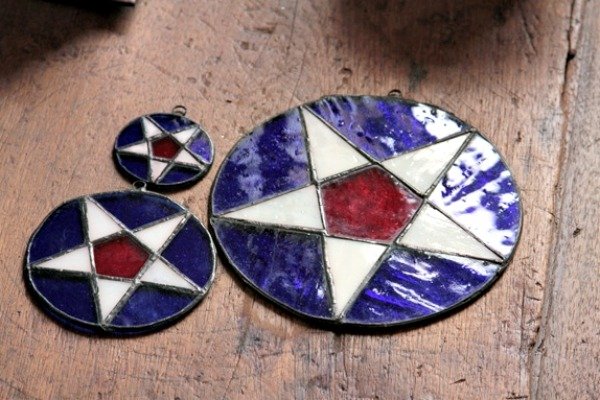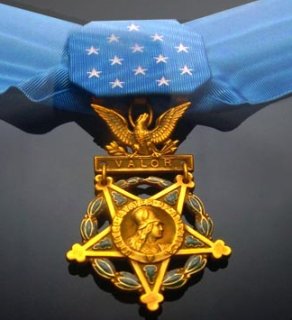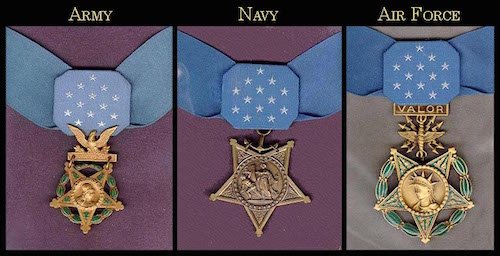The History of the Nauvoo Temple Star Windows
THE BEAUTIFUL CHRISTIAN HISTORY OF THE INVERTED STAR
The beautiful inverted stained glass star windows adorning the Nauvoo Temple possess a rich historical significance dating back to the early Christian era. These Nauvoo Temple star windows, known as the "Morning Star" from Revelation 22:16, symbolize Jesus Christ. Intriguingly, when we track the orbit of the Morning Star, which looks like a star in the later morning sunrise, but is actually the planet Venus, it forms a perfect mathematical inverted five-point star.
This inverted star, etched in stone during Old Testament times, still endures on surviving structures and within numerous museums around the world. In 312 A.D., it was merged with the cross and featured on doors, windows, banners, and even battle armor, serving as a symbol of goodness and protection against evil. Early Christians revered the inverted star as an emblem of Christ, and many ancient cathedrals and churches in Europe were embellished with these inverted stained glass stars. Early Christian records tell us that it symbolized the five wounds Jesus Christ endured during the crucifixion.
Renowned shrines such as the Notre Dame Amiens Cathedral in France (constructed in 1230 A.D.) and the Marketirche church in Germany (erected in 1350 A.D.), as well as the Catholic Collégiale Notre-Dame de Vitry-le-François, a 17th-century structure that survived World War II, still to this day display massive stained glass inverted star windows.
Across centuries, this symbol has graced countless edifices, windows, and banners. It embellished many early American structures and churches and could be spotted on barns, residences, and gates of early colonial families. The inverted star featured on various iterations of the United States Flag until 1876, with the most famous being the one that fluttered above Fort McHenry in 1814, inspiring the verses of the Star-Spangled Banner. In 1862, the U.S. Congress mandated the Philadelphia Mint to craft the National Medal of Honor, the highest military accolade. Its design prominently includes the inverted five-point star, still in use today across all branches of the military. The inverted star enjoys wide usage in various forms, from sheriff's badges to the emblem of the Republican Party featuring an elephant.
In contrast to the grand, intricate stained glass inverted stars found in famous cathedrals, the early Nauvoo Latter-day Saints had only limited resources to create a modest three-colored inverted star stained glass window. They opted for red, white, and blue. Despite its simplicity, this design was met with mockery in a nearby newspaper, labeled as a "pitiful attempt." Nevertheless, the humble inverted stars on the Nauvoo Temple brought joy to those who beheld them each evening when they were backlit.
Upon the reconstruction and dedication of the Nauvoo Temple in 2002, President Gordon B. Hinckley made the decision to reinstate the three-color stained glass windows. Once more, the beautiful Morning Star windows illuminate the night, evoking the memory of the sacrifices made by the early pioneers who held a deep love for the Lord.

